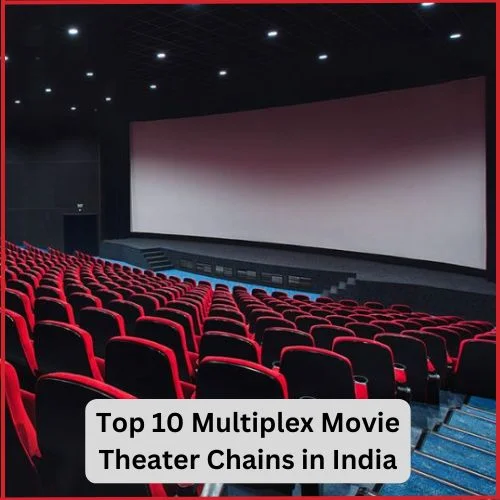Indian documentaries are finally finding their place on the global stage, with films such as “Against the Tide,” “Writing with Fire,” and “All That Breathes” receiving recognition at prestigious film festivals such as Sundance and Cannes.
This newfound success can largely be attributed to over-the-top (OTT) platforms like Netflix, which has seen Indian subscribers watch over 50% more original documentary content from Q3 2020 to Q2 2021 than in the corresponding period in 2018.
While this growing viewership is a promising sign for non-fiction filmmakers, it is still unclear whether they have found an economic model that can sustain them in the long run. Ashvin Kumar, a two-time national award-winning filmmaker and India’s youngest Oscar-nominated filmmaker for “Little Terrorist,” believes that profitability is achievable as long as a documentary is sold to an OTT platform. However, without this option, non-fiction filmmakers face an uphill battle to secure funding and distribution for their projects.
In the realm of documentary filmmaking in India, Aparna Sanyal, who is the Managing Director of Mixed Media Productions and the Executive Director of Doc_Commune at the Public Service Broadcasting Trust (PSBT), elucidates that the landscape is akin to an open-source expanse. Herein, independent filmmakers must navigate their own path to acquire funding and present their proposals to platforms such as film festivals or seek out co-producers from other regions of the globe. Although the opportunity for non-fiction films has indeed burgeoned in recent years, securing a theatrical release for documentaries is still an onerous task, unlike in the past.
Kumar affirms that there was a point in time when documentaries could be shown in cinemas if the production was well-regarded overseas. From the 1950s to the early 1980s, documentaries were even exhibited before a feature film, whereby “regardless of the film you chose, you were mandated to witness a documentary prior to it.” Nonetheless, with the descent of theatrical, satellite, and home video releases, independent documentary filmmakers are currently left with only three to four OTT platforms as potential buyers. These platforms usually intend to create an umbrella deal for all-world rights, implying that selling a documentary is a daunting endeavour unless it generates a substantial amount of hype at festivals or addresses a topic that has created some sort of sensation.
Sanyal avers that India lacks a distribution system for documentaries, while numerous channels in Europe actively seek non-fiction content. Moreover, Europe has a myriad of opportunities to vend content. For example, the MIPDOC at Cannes functions as a marketplace for documentaries that offer a plethora of opportunities to market non-fiction content. Unfortunately, India lacks this imaginative initiative, which leaves countless documentary filmmakers pondering over what to do with their finalized projects.
The advent of over-the-top (OTT) platforms has presented numerous challenges for Indian documentaries, yet it has also proved to be a significant benefit, providing a readily available means of distribution and streamlining the process of reaching audiences. Indian documentaries have received a considerable boost recently with the historic win of “The Elephant Whisperers” at the Academy Awards. Filmmaker Shaunak Sen, creator of “All That Breathes,” has observed that independent movies have garnered a great deal of attention, including “All That Breathes,” “Writing with Fire,” and “The Elephant Whisperers.” These films were all the result of years spent raising money, following the stories, and presenting proposals to different platforms.
Aside from OTT platforms, YouTube has also emerged as a valuable tool for aspiring filmmakers. Amateurs can create and share their documentary content on the platform to reach a broader audience. Though YouTube is typically utilized for marketing purposes such as trailers and Q&As, budding filmmakers can still use it to generate substantial views. Ultimately, while Indian documentaries have certainly come a long way in terms of recognition, profitability remains an elusive goal for many non-fiction filmmakers.















